In the competitive realm of job hunting, resumes serve as the initial gateway for employers to gauge a candidate’s potential fit within their organization. While the surface-level information provides a snapshot of an individual’s qualifications and experiences, you have to dig in and decipher the subtleties hidden within the resume or LinkedIn profile. Reading between the lines of a resume is an art that can unveil valuable insights beyond what meets the eye.
- Analyzing Employment Gaps: Oftentimes, job seekers attempt to gloss over periods of unemployment or career transitions. However, these gaps can offer significant clues about an individual’s journey. Instead of viewing them as red flags, consider the context. Did the candidate take time off for personal development, education, or caregiving responsibilities? Such insights can reveal resilience, adaptability, and a commitment to self-improvement.
- Quantifying Achievements: While listing job responsibilities is essential, quantifiable achievements provide concrete evidence of an individual’s contributions. Pay attention to specific numbers, percentages, or metrics highlighted in the resume. For instance, “increased sales by 30%” speaks volumes about an applicant’s effectiveness compared to a generic statement like “responsible for sales.”
- Language and Tone: The choice of words and tone can convey much about a candidate’s personality and professionalism. Is the language concise and confident, or does it seem hesitant and vague? Look for consistency in tone throughout the document, as it reflects the individual’s communication style and attention to detail.
- Extracurricular Activities and Interests: Beyond professional experiences, extracurricular activities and hobbies provide insights into an individual’s character, passions, and potential cultural fit. Participation in community service, sports, or creative pursuits demonstrates a well-rounded personality and a proactive approach to life outside of work.
- Adaptability and Growth: Career trajectories are rarely linear. Candidates who have navigated diverse roles or industries showcase adaptability and a willingness to embrace new challenges. Rather than viewing job changes as instability, consider them as opportunities for growth and skill diversification.
In conclusion, decoding a resume goes beyond skimming through qualifications and experiences; it requires a keen eye for detail and an understanding of the nuances. By reading between the lines, employers can uncover the true potential and suitability of candidates, ultimately paving the way for more informed hiring decisions.
